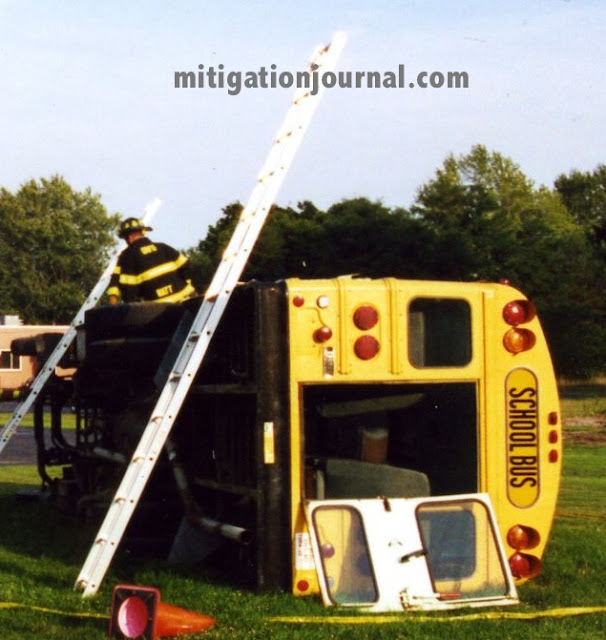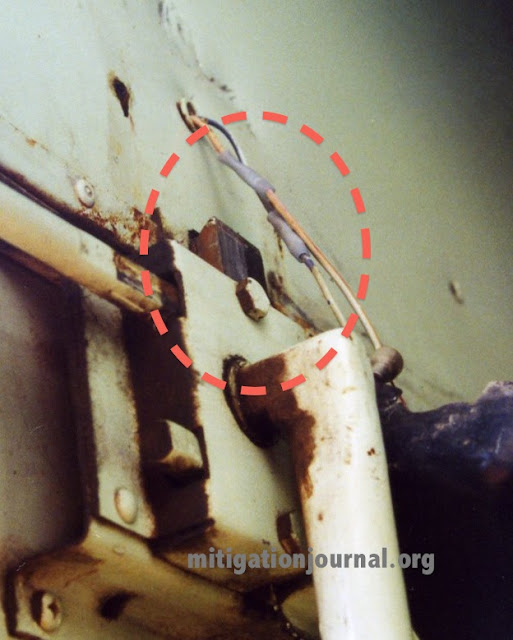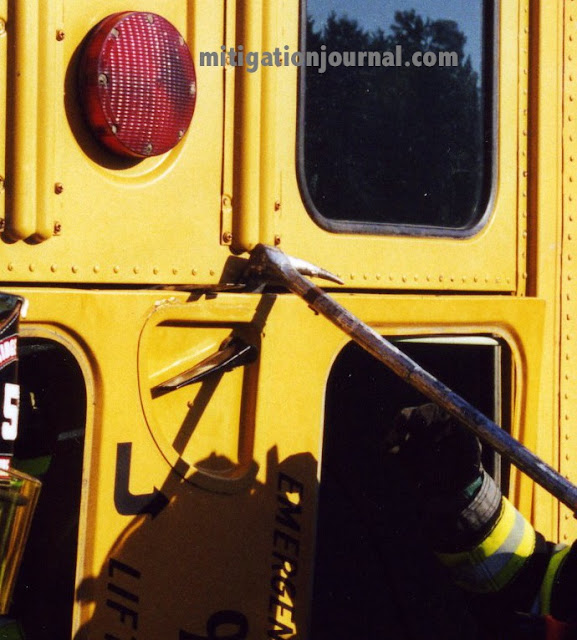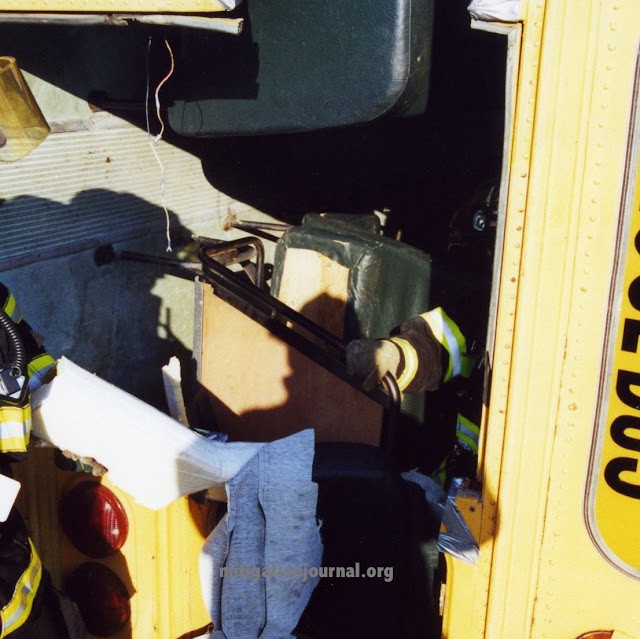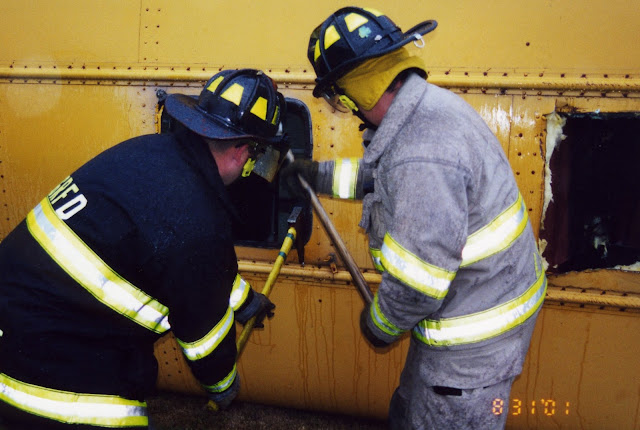Is hanging on to your siren warning system worth it? Many of the alerting siren systems are aging and becoming difficult if not impossible to maintain and operate. Siren systems have limited ability to do anything more than make noise. They can't tell the public what they need to know in order to take meaningful actions. In other words, for a siren-based alerting system to truly be functional, the public must know ahead of time what the activation means. Is there an storm coming or is there a meltdown at the local nuclear power plant? Is this simply a test activation? The cause may not be that easy to define but the fact remains that the public needs to know the message prior to the activation because the activation will not be able to give that message. We also like to convey to the public what actions we'd like them to take based on our warnings. Do we want them to shelter in place or evacuate? We'd ideally like to be able to tell them or have them know ahead of time. Not only do communities need to know their role in advance of crisis, they need to pay attention and react to the situation - and the alert or warning.

So far, we've outlined some of the shortcomings of a siren system that a web-based or cellular messaging system might be able to fix.
Back to basics
A warning system has to be able to be get the job done in time of need. It has to be maintained and tested. The public has to be educated on what the alert or warning actually means. These things are universal regardless of the system used. Awareness and alert meaning are usually the result of emergency management public education public education efforts. Engaging the public is key. A warning system must be able to do a minimum of three things:
- Tell the public why its been activated or what hazard is expected
- Tell the public what to do and why
- Tell the public how long they have to do it
These three simple items are asking a lot for even the best of siren-based systems. Should siren-based alerting systems be discarded in favor of web-based or cellular text alerting systems? Some people would argue that they should. New technology, social media, SMS/cellular messaging systems can solve the problems of awareness, notification, and meaning. New technology can produce real-time alerts, provide updated information on expected actions and hazards. Technology can even help educate the public.
History lesson
The
Control of
Electromagnetic
Radiation system or CONELRAD was developed in the cold war era and used from 1951 to 1963. As a radio-based system, it focused on key AM radio stations to deliver messages. AM 640 and 1240 were the designated stations. This system worked because the AM radio was nearly a universal household item. Most automobiles were equipped with an AM radio, too. People were accustomed to getting their news, information, and entertainment from a radio during that time period.
The next generation of CONELRAD came into use around 1963 and functioned as the familiar Emergency Broadcast System or EBS. The familiar tone alert followed by the statement "this is a test - if this had been an actual emergency..." became well known to many in my generation. The EBS was upgraded for peacetime use to include FM radio and television as well as AM frequency.

In 1997 changes in technology made possible the Emergency Alert System. This system was maintained and tested by the FCC, FEMA, and the National Weather Service. One of the cornerstones of this system was that it claimed to be able to deliver a Presidential address to the nation within 10 minutes.
The Integrated Public Alert System (IPAWS) was designated in 2006. FEMA leads this project along with DHS, FCC, and NOAA. Later, in 2007, FEMA established the IPAWS program management office. With IPAWS, FEMA acknowledged new media as a method of message delivery. This system is estimated to be able to reach about 40% of the United States population during the day. Including new media and technology, the IPAWS system could reach the ever-expanding population that recieves a a majority of information from internet based technology.
An interesting note
Nation-wide emergency alerting systems were not used during September 11, 2001. When siren based systems were activated for more recent natural events, they were largely ignored by the public. Although newer technology was tested on a nation-wide basis in November, 2011, it is not clear exactly how successful those tests were.
















